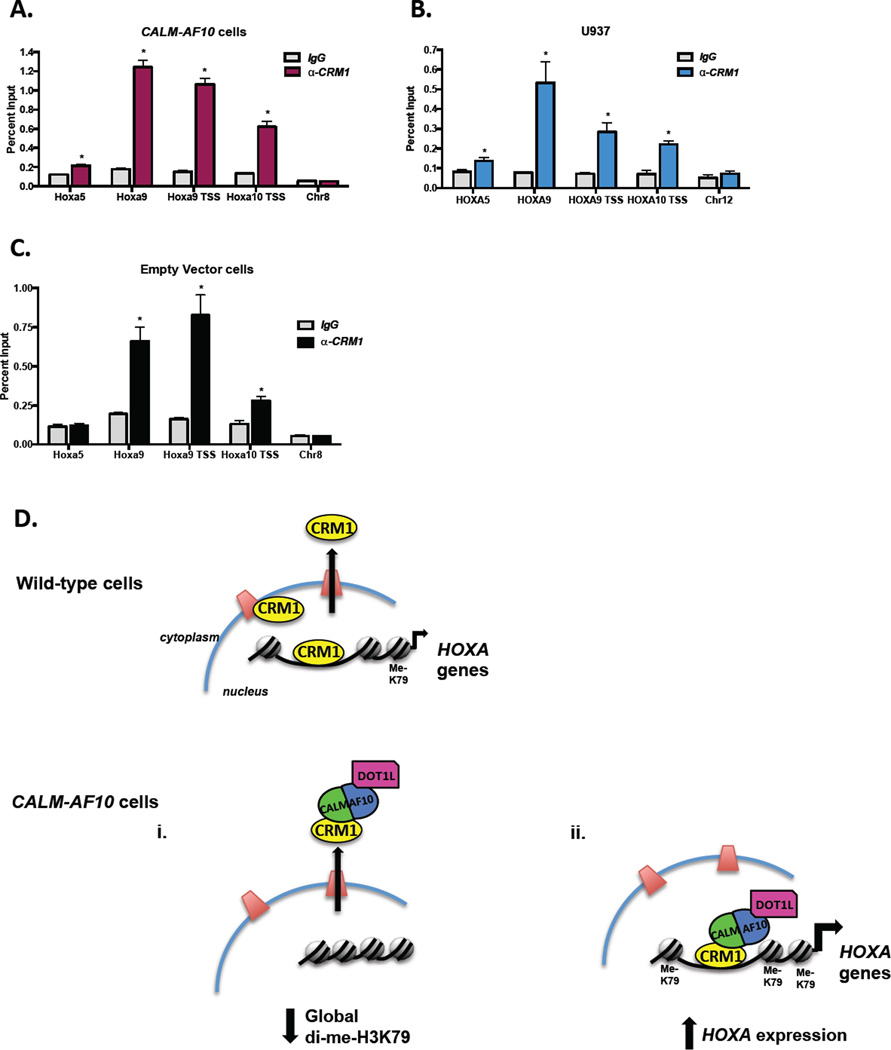Figure 7. CRM1 interacts with Hoxa chromatin in both the presence and absence of CALM-AF10.
(A) ChIP analyses were performed using anti-CRM1 antibodies in MEFs expressing CALM-AF10. Hoxa amplification was measured by real time qPCR and shown as a percent of input. A region of heterochromatin (Chr8) was used as a negative control. (B) ChIP analyses were performed using anti-CRM1 antibodies in CALM-AF10-positive U937 cells. HOXA amplification was measured by real time qPCR and shown as a percent of input. A region of heterochromatin (Chr12) was used as a negative control. (C) CRM1 ChIP experiments were performed using anti-CRM1 antibodies in MEFs stably infected with an empty vector. Results represent mean ± SEM from at least 3 experiments. Statistical analysis was performed by Student’s t-test; *P<0.05. (D) Schematic model demonstrating the molecular mechanisms of CALM-AF10-mediated leukemogenesis. In wild-type (non-CALM-AF10) cells, in addition to mediating protein nuclear export, CRM1 also localizes to HOXA loci. CRM1 mediates the leukemogenic effects of CALM-AF10 through two major mechanisms. (i) CRM1-mediated nuclear export of CALM-AF10 results in cytoplasmic mislocalization of DOT1L and subsequent global H3K79 hypomethylation, potentially resulting in genomic instability. (ii) Within the nucleus, CRM1 recruits CALM-AF10 to HOXA loci, resulting in transcriptional and epigenetic activation of the leukemogenic HOXA genes.

